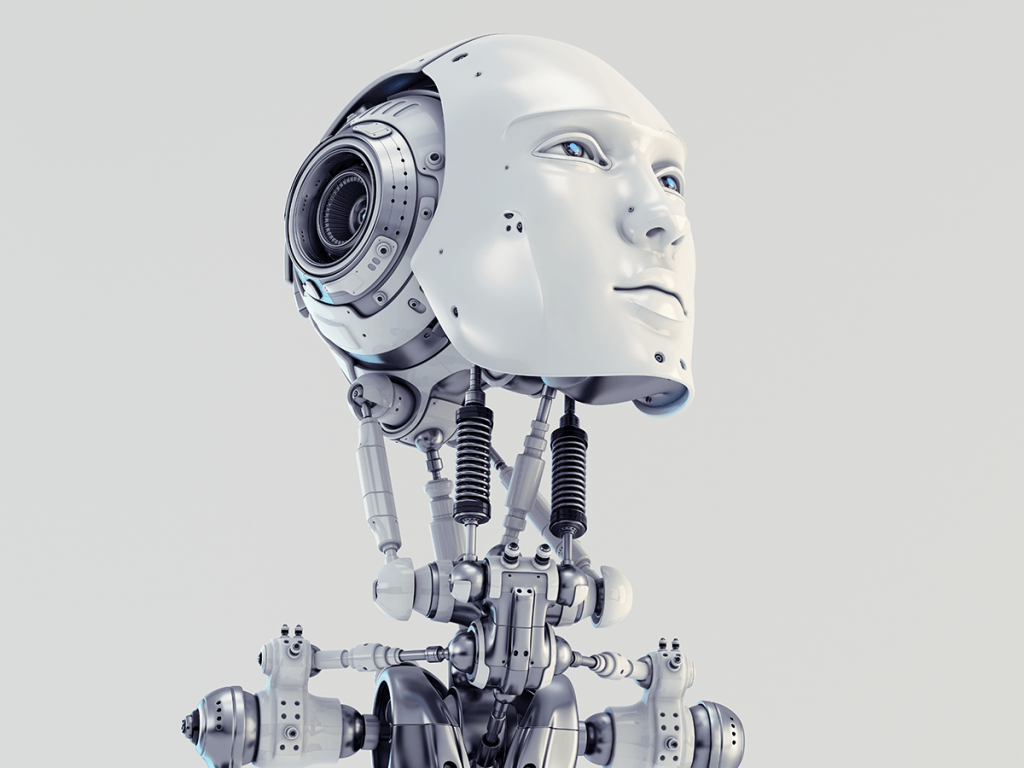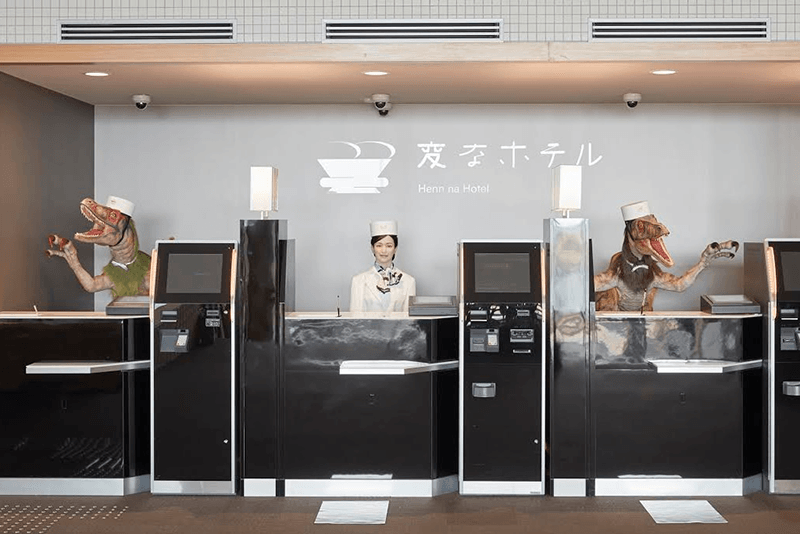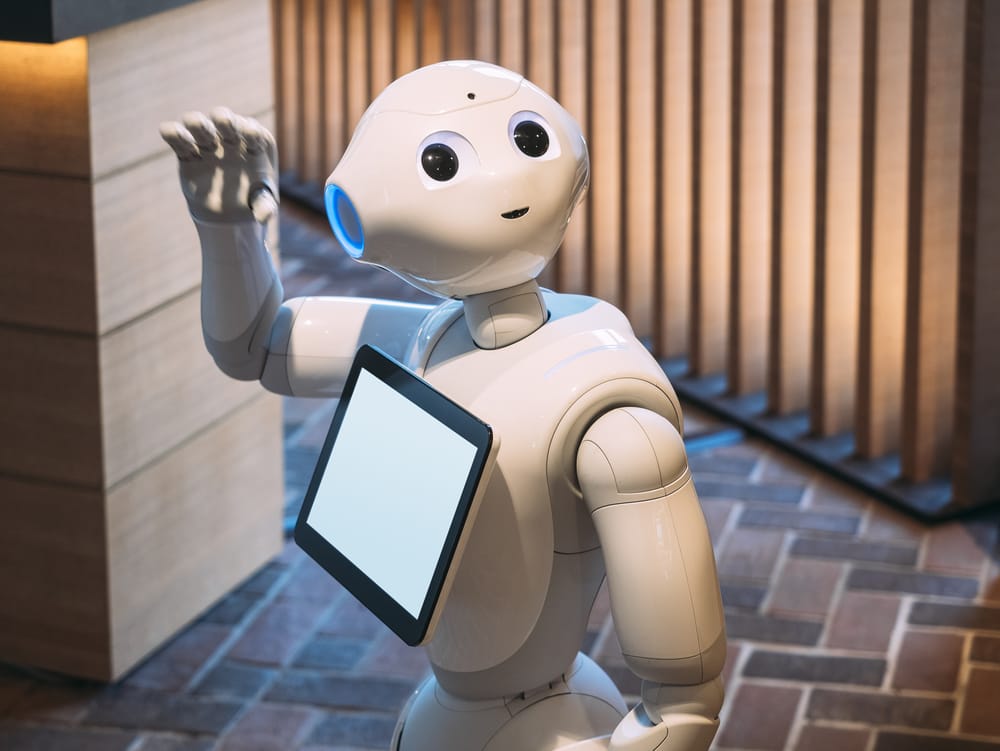We take a look at some of the positions currently held by humanoids in Japan.
In 1970 Japanese robotics professor Masahiro Mori identified the concept of “Bukimi no Tani Gensho,” which became known in English as “The Uncanny Valley.” His hypothesis stated that the anthropomorphism of robots was appealing up to the point where they become too human-like, at which stage our feelings change to those of revulsion.
Osaka University professor and roboticist Hiroshi Ishiguro’s 2015 creation Erica could be cited as an example. The incredibly realistic-looking humanoid – which has sat through numerous press conferences answering journalists’ questions, and can simulate human expressions – has been described as the “most beautiful,” and “the creepiest,” robot ever made.
Whichever side of the fence you sit on, there is no doubt that for some people Mori’s theory rings true. Another issue is the fear that robots could make people redundant in the future. According to studies by data analysis firm Nomura Research Institute (NRI), around half of the jobs in Japan could be done by artificial intelligence within 20 years. While that may sound unnerving, in a country with an aging population and a shrinking workforce would it really be such a terrible thing?
The government here certainly doesn’t think so. In 2015 the Robot Revolution Initiative Council was set up in an effort to take robotics to another level. Since then we’ve seen a growing number of Japanese robots making headlines for their contributions to the service industry. In many cases companies are using them more as public relations tools than anything else, but it’s still interesting to see the progress that’s being made. So what kind of jobs are they currently doing? Here’s a look at a few of the more intriguing ones, some more useful than others.
Japanese Robot Hotel Staff
A couple of months after the Robot Initiative Council was launched, Henn-na (Weird) Hotel opened to much fanfare in Nagasaki. It is the world’s first hotel to be staffed mostly by robots. On the reception desk, there are two multilingual dinosaurs and a realistic-looking female humanoid with eyelashes to greet customers and confirm bookings. If you are in the luxury wing an incredibly slow-moving porter robot will then carry your bags to the room while playing music. Next to the bed you’ll find a cute electronic creature called Churi-chan who can change the room temperature, turn on the lights and arrange a wake-up call, but only in Japanese. Other robots in the hotel include a foot-high concierge and a mechanical arm that will store your luggage. There are some humans working there because robots can’t make beds or take care of security. They also aren’t good at finding lost keys, so facial recognition technology is used instead. Earlier this year a second Henn-na Hotel was opened in Maihama, Chiba, near Tokyo Disney Resort.
Japanese Robot Parolee Mentors
While recidivism rates are relatively low in Japan, the number of repeat offenders among the elderly remains a real cause for concern. Many ex-cons are poor and lonely with no guarantors to check on them, so some might feel they’d be better off back inside where they’d be fed and surrounded by people. There aren’t enough social workers to deter them from committing petty crimes, so last year the Ministry of Justice turned to Pepper, the four-foot robot that can analyze body language and read a person’s emotions. It was placed in a Tokyo halfway house in the hope that former criminals would share things with the humanoid that they wouldn’t with humans. It’s more cost-effective than employing regular staff and robots can do 24-hour shifts without breaks. The problem is that the parolees are unlikely to ever fully develop an emotional attachment with the robot.
Japanese Robot Care Workers and Companions for the Elderly
Japan is experiencing population aging at a globally unprecedented pace. Around 26 percent of the nation’s citizens are 65 or above, which is by far the highest proportion in the world, and by 2025 it’s estimated that the country will face a shortage of around 380,000 caregivers. An influx of foreign workers could help, but it’s still unlikely to be enough. Carebots are, therefore, seen as a logical solution. They can provide physical therapy, assist with bathing, lifting and mobility, and monitor the whereabouts of the elderly through sensors. Communication is another particularly useful tool. Earlier this year a nursing home in Natori, Miyagi Prefecture began using a toddler-sized humanoid known as Telenoid that can capture the voice and movements of a loved one thousands of miles away using a microphone and camera. It then replicates those actions for the person in possession of the robot. Staff at the facility have noticed that elderly people, especially those with dementia, have become more positive and active when communicating with Telenoid.
Japanese Robot Buddhist Monks
Funerals in Japan certainly don’t come cheap. There are all kinds of charges to factor in, including the price of a Buddhist priest whose services will usually cost around ¥240,000. Earlier this year plastic mold-making company Nissei Eco Ltd. attempted to create a much cheaper alternative by charging around ¥50,000 for Softbank’s robot Pepper, which they programmed to chant sutras from four Buddhist sects in a computerized voice while tapping on a drum. It is reminiscent of the German robot BlessU-2, which can deliver blessings in five different languages and beams light from its hands. However, while BlessU-2 was designed to trigger debate about the future of the church and the potential of artificial intelligence, Pepper Priests have been introduced more as a matter of necessity. The traditional danka system, in which parishioners support temples through donations, is not as stable as it once was, so many monks are looking for part-time work away from their usual duties. Pepper is seen as a viable substitute while they are away, though many have questioned whether a robot can properly fulfil religious duties.
Japanese Robot Actress – The Actroid
From Maria in Fritz Lang’s 1928 expressionist science-fiction drama Metropolis to C-3PO in Star Wars, robots have performed prominent roles in movies for decades. Yet, up to 2015 they have always either been played by humans or brought to life with motion capture technology. Things changed two years ago when Geminoid F co-starred in Koji Fukada’s flick Sayonara as Leona, becoming the first actor humanoid (called an “actroid”) to appear in a feature-length film. Equipped with motorized actuators enabling it to copy human expressions, the wheelchair-bound Leona stays loyal to its owner Tania, played by American actress Bryerly Long, following a lethal nuclear power plant meltdown in Japan. The robot is controlled by a computer owned by creator Hiroshi Ishiguro. The story was adapted from a play by Oriza Hirata, which also starred Geminoid F and Long. Other robots to have made a splash in the entertainment industry include Otonaroid (resembling a woman) and Kodomoroid (resembling a child), the world’s first android newscasters, and DMM’s Premaid AI robots that dance on table-tops like J-Pop stars.
Japanese Robot Foot Sniffers?
Okay, so it’s not what you would call a typical job, but Japan’s latest innovative robot deserves a mention. Hana-chan, a play on the Japanese word for nose, is a cute robot dog equipped with an odor detection sensor for a nose. If your feet don’t smell then Hana will wag its tail; it will bark if they are slightly malodorous; and if things are really bad it will keel over. The dog was created by manufacturers Next Technology, who were responding to a request from a man desperate to know if he had a smelly problem. Other scent-related tech that has recently gone on the market includes Panasonic’s deodorizing coat hangers, which automatically eliminate odors and pollen from clothing, and a clip-on armpit fan devised by gadget maker Thanko.












